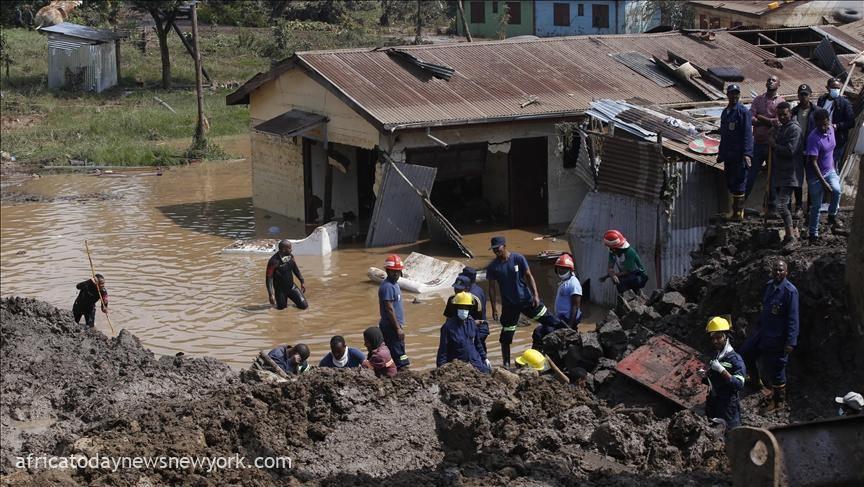Flash flooding, a result of heavy rains in Ethiopia‘s Somali region, has claimed the lives of more than 20 individuals and forced over 12,000 people out of their homes, according to the regional government’s announcement on Saturday.
The downpour has led to the destruction of bridges and roads, hindering access to affected households, as stated by the Somali Regional State Communication Bureau. Additionally, damage to livestock, crops, and property has been reported.
‘More than 20 people have died in the flood so far… more than 12,000 families have been displaced,’ the statement said.
‘Rising rainfall and forecasts show that the risk of flooding remains high.’
The United Nations’ humanitarian agency, OCHA, cautioned in a report last month that the El Nino phenomenon is expected to bring heavier than usual rains to eastern Africa during the October-December period.
Read also: We’re Not Interested In Invading Any Country – Ethiopia PM
The El Nino phenomenon is a natural climate cycle that brings about higher global temperatures, contributing to drought conditions in certain areas and heavy precipitation in others.
Climate change has made the Horn of Africa particularly fragile, with a noticeable uptick in the frequency and intensity of extreme weather events in the region.
The Horn of Africa, encompassing Somalia, and extending into Ethiopia and Kenya, has been under the grip of its most severe drought in four decades since late 2020.
Two months of unceasing rainfall at the end of 2019 had tragic consequences in multiple East African nations, with a minimum of 265 lives lost and tens of thousands displaced.
A flood contingency plan, prepared by OCHA says that almost 500,000 people are likely to be affected by flooding during the Belg rainy season, with almost 200,000 expected to be displaced.
Close to two million people were affected by the intense downpours, resulting in the loss of tens of thousands of livestock in Burundi, Djibouti, Ethiopia, Kenya, Somalia, South Sudan, Tanzania, and Uganda.

